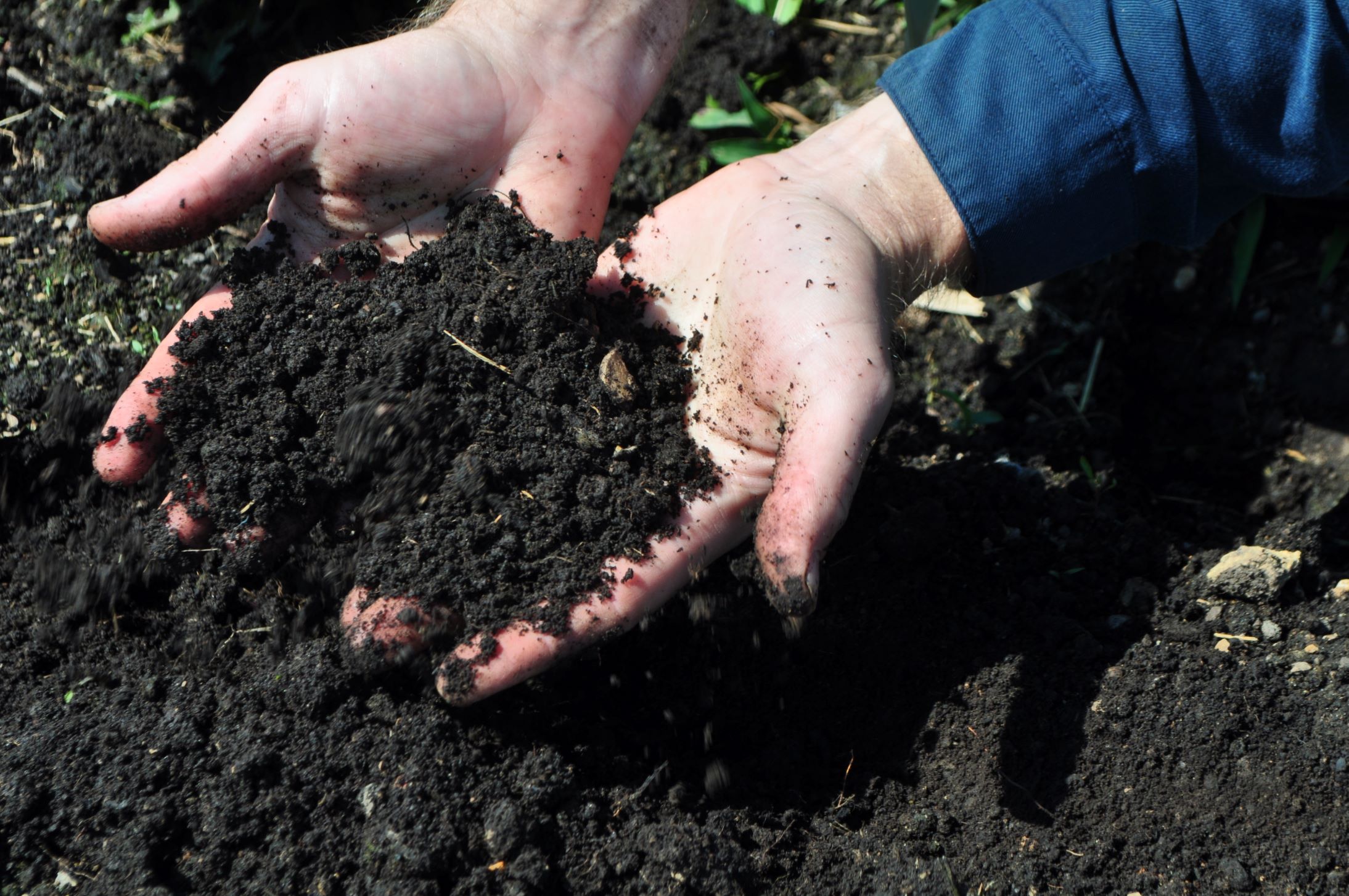What Makes Good Soil
It is no secret that soil quality is an essential element when considering the factors for successful plant growth. Water and light aside, this “ingredient” can quickly determine whether your gardening efforts will be successful. But what exactly makes for “good” soil? The answer is that multiple influences exist, including the type of plants being worked with. But for general plants native to this region, we can look to some central themes.
Looking at the basics, soil consists of three components: sand, silt, and clay. Each component can be in a higher or lower quantity than the others, and when they are in relatively equal percentages to one another, the soil is known as a “loam.” Most plants prefer loam as their growing medium. It is important to note what each component contributes to the equation to have a good grasp of how plant matter will interact with the soil.
Clay being the smallest, most densely compact, particle of the three, and sand being the largest, the ratio of these components present will directly influence how quickly water drains and how much water and nutrients are retained in the soil. For this reason, sandy soil will need more frequent watering, and high-clay soil will need less. Drought stress or root rot will kill your plants when you ignore either of these soil attributes.
Another essential component, the soil’s pH, is the measurement of how much acidity or alkalinity is present. Most plants, especially vegetables, will prefer a slightly acidic pH of around 6.5 on the pH scale of 1.0-14.0. By amending soil with either sulfur to acidify or lime to alkalize, you can optimize a soil’s pH to cater to the specific needs of the plants being grown in it. However, these amendments won’t take place overnight. They will require several years of peat application, with repeated pH testing, and they can even be diminished by outside factors such as calcium accumulation from water application. Thus, amending soil for pH should be treated as an ongoing process instead of a one-time treatment.
A soil test is an important place to start and will give you an excellent baseline pH. Visit the K-State Johnson County Extension Office website for specific details on collecting and submitting your soil sample for a diagnostic soil test.
Organic matter is also an important piece. By the nature of its name, this element consists of all the once-living features of the soil that, after death, now comprise it. In shorter form, these are the elements that contain carbon. It is important because it plays a crucial role in sustaining the microorganisms (invertebrates, fungi, bacteria, etc.) in the soil, ultimately responsible for creating humus. This then directly affects carbon-nitrogen exchange for your plants and dictates whether your plants receive adequate fertilization.
While the explanation is complex, all these components work together to form the bigger picture, which is “good soil.” Aim for a slightly acidic, well-draining loam high in rich organic matter and happy microorganisms. Your garden plants will thank you.
Anthony Reardon, Horticulture and Small Farms Agent, 2023
Return to Soils Agent Articles
Have questions? The Garden Hotline is staffed by trained EMG volunteers and Extension staff who will assist you with questions.
Phone: (913) 715-7050
Email: garden.help@jocogov.org
